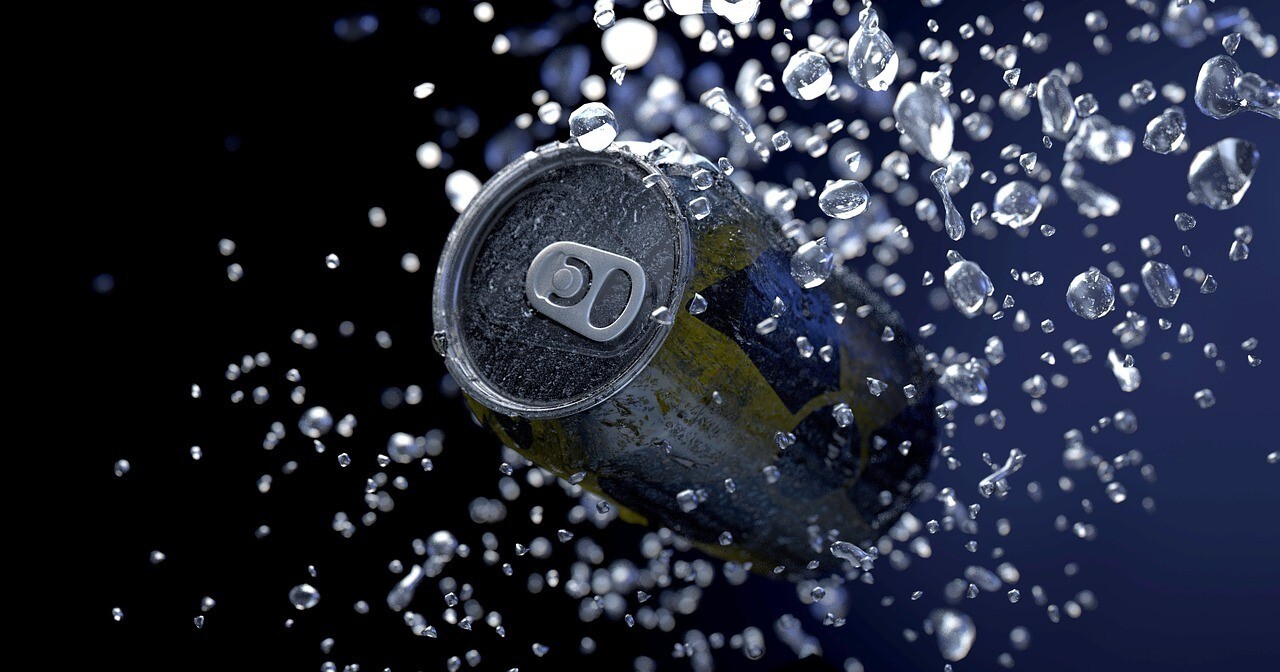

In the grand theatre of sustainable packaging, aluminium beverage cans have long occupied centre stage. They are hailed as icons of recyclability — endlessly reusable, energy-efficient, and economically viable. But how much of the aluminium in your next soft drink can is from recycled material? And by whose definition?

Image for referential purposes only
A new technical protocol released in 2024 aims to settle that debate. Titled “Guidance for Calculating Recycled Content in Aluminium Can Sheet (Version 1.0),” this industry-led initiative offers the first formalised methodology to quantify recycled content in aluminium can sheets. Developed by the Can Manufacturers Institute (CMI) and environmental NGO GreenBlue, with inputs from major players including Novelis, Ball, Constellium, and the Aluminium Stewardship Initiative, the document sets out a transparent framework for calculating recycled aluminium inputs.
A reckoning with ‘recycled’
At the heart of the guidance is a critical reset of what constitutes recycled content. The industry has, until now, operated with flexible interpretations — often lumping in internal scrap, process regrinds, and furnace dross under the recycled umbrella. This new guidance draws a clear boundary: only post-consumer and externally sourced pre-consumer aluminium counts.
Internal scrap — no matter how efficiently reused — is excluded. As the guidance argues, material that never leaves a facility cannot be considered part of a circular loop. In an era where ESG reporting is under a magnifying glass, such precision is not only welcome — it’s necessary.
This is more than a semantic adjustment. It directly impacts how manufacturers report to regulators, how investors assess decarbonisation progress, and how brands position their sustainability credentials in front of increasingly climate-literate consumers.
One alloy, three paths
Responses








